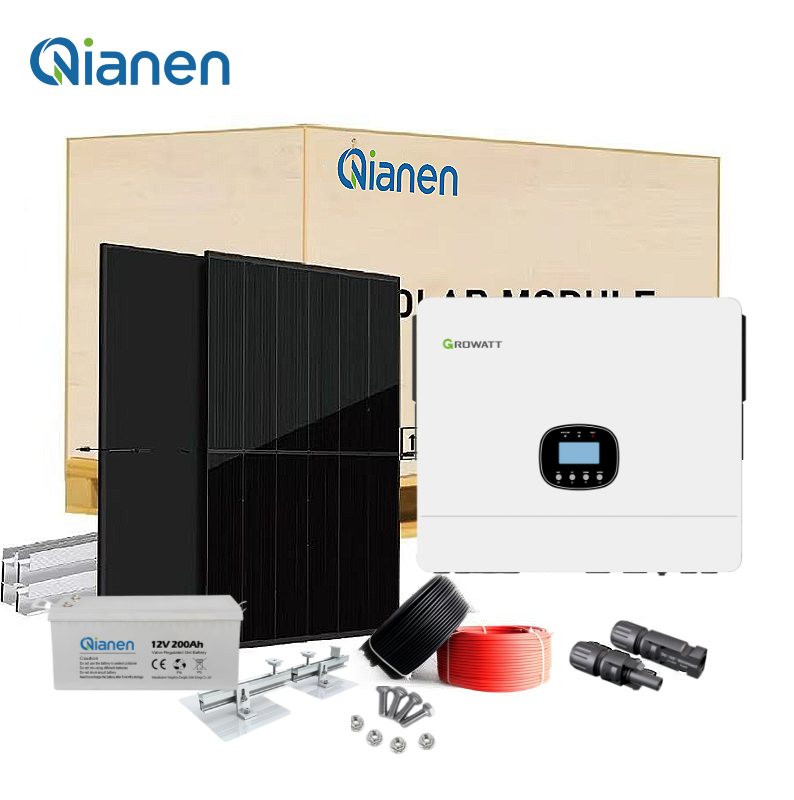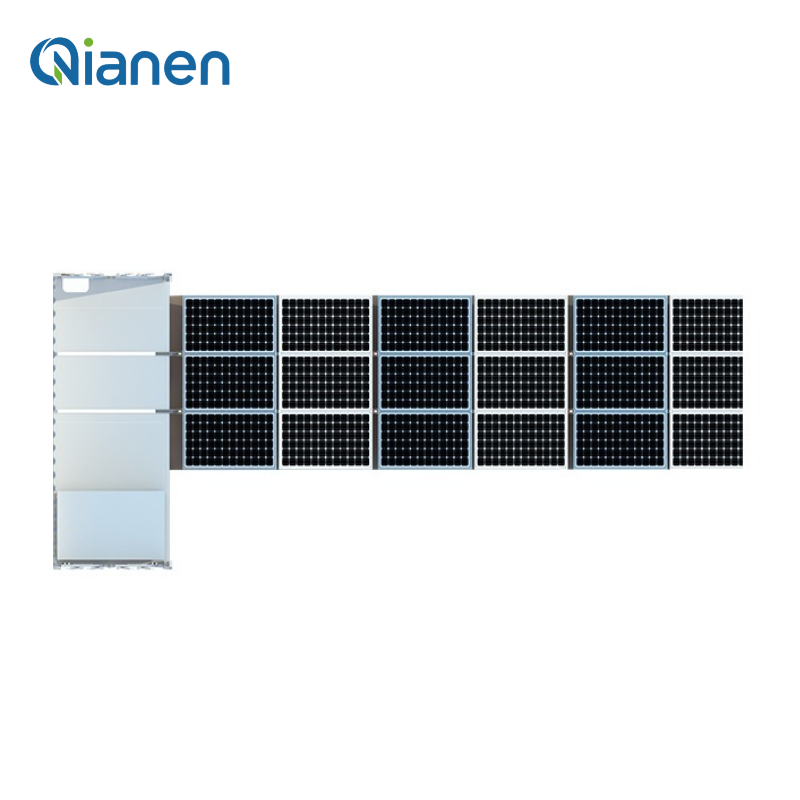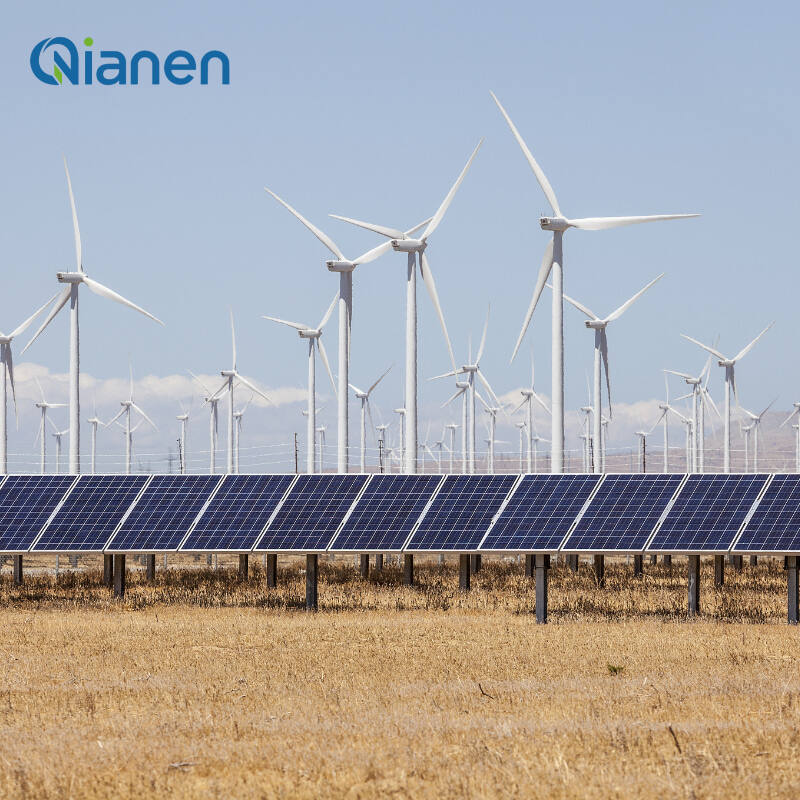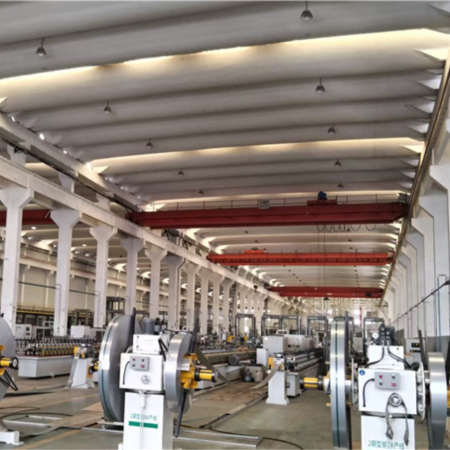The Evolution of Home Energy Solutions in Contemporary Living
The landscape of residential energy consumption has undergone a remarkable transformation in recent years. As homeowners increasingly seek sustainable alternatives to traditional power sources, solar system for household use has emerged as a leading solution in modern living. This shift represents more than just an environmental choice – it's a strategic investment in long-term energy independence and financial stability.
The integration of solar technology into residential properties has revolutionized how we think about powering our homes. From modest beginnings as an alternative energy option, solar systems have evolved into sophisticated, efficient, and increasingly affordable solutions for everyday households. This transformation has been driven by technological advances, decreasing installation costs, and growing awareness of environmental responsibilities.
Understanding Modern Solar Technology for Homes
Components and Functionality of Residential Solar Systems
A comprehensive solar system for household implementation consists of several key components working in harmony. The foundation begins with high-efficiency photovoltaic panels, typically installed on the roof or in open areas with maximum sun exposure. These panels connect to inverters that convert direct current (DC) into usable alternating current (AC) power. The system also includes sophisticated monitoring equipment that tracks energy production and consumption in real-time.
Modern solar installations often incorporate advanced battery storage solutions, allowing households to maintain power supply during nighttime or cloudy conditions. This integration of storage technology has significantly enhanced the practical viability of solar system for household use, addressing one of the traditional limitations of solar power – its dependence on immediate sunlight.
Latest Innovations in Solar Technology
Recent technological breakthroughs have dramatically improved the efficiency and aesthetics of residential solar systems. New-generation panels feature improved photovoltaic cells that capture more energy from less sunlight. Manufacturers now offer sleek, low-profile designs that complement modern architecture, dispelling concerns about visual impact on home aesthetics.
Smart integration capabilities have also evolved, allowing solar systems to communicate with home automation platforms. This interconnectivity enables homeowners to optimize their energy usage patterns and maximize the benefits of their solar investment through intelligent load management and automated energy distribution.

Financial Benefits and Economic Considerations
Long-term Cost Savings and Return on Investment
Installing a solar system for household energy needs represents a significant upfront investment that pays dividends over time. The initial costs are offset by substantial reductions in monthly utility bills, often resulting in complete system payback within 5-8 years. Many homeowners report savings of 70-90% on their electricity costs after solar installation.
Property value appreciation is another significant financial benefit. Real estate studies consistently show that homes equipped with solar systems command higher resale prices and spend less time on the market. This increased property value often exceeds the initial installation cost, making solar installation a sound investment strategy.
Available Incentives and Tax Benefits
Governments worldwide offer various incentives to promote residential solar adoption. These may include tax credits, rebates, and feed-in tariffs that compensate homeowners for excess energy fed back into the grid. Understanding and utilizing these financial incentives can significantly reduce the effective cost of installation and accelerate the return on investment timeline.
Many regions also offer net metering programs, allowing households to earn credits for surplus energy production. This arrangement effectively turns the power grid into a virtual storage system, maximizing the financial benefits of a solar system for household use.
Environmental Impact and Sustainability
Carbon Footprint Reduction
The environmental benefits of residential solar systems extend far beyond individual households. Each installed system contributes to reducing carbon emissions by replacing fossil fuel-generated electricity with clean, renewable energy. A typical household solar installation can prevent several tons of carbon dioxide emissions annually, equivalent to planting hundreds of trees.
This reduction in carbon footprint represents a tangible contribution to global climate change mitigation efforts. As more households adopt solar technology, the cumulative impact on environmental preservation becomes increasingly significant.
Sustainable Resource Management
Solar energy represents an inexhaustible resource that can be harnessed without depleting natural reserves. Unlike fossil fuels, solar power generation doesn't consume finite resources or produce harmful waste products. This sustainability aspect makes a solar system for household use an environmentally responsible choice for future generations.
The production and installation of solar equipment have also become more sustainable, with manufacturers implementing eco-friendly practices and developing recyclable components. This commitment to environmental stewardship extends throughout the entire lifecycle of solar systems.
Installation and Maintenance Considerations
Professional Assessment and System Design
Successful solar installation begins with a thorough site assessment by qualified professionals. Factors such as roof orientation, shading patterns, and local climate conditions influence system design and expected performance. Expert installers can optimize panel placement and system configuration to maximize energy generation potential.
The design phase also considers future energy needs and potential home modifications. A well-planned solar system for household use should accommodate growing energy demands and technological upgrades over its operational lifetime.
Ongoing Maintenance Requirements
Modern solar systems are remarkably low-maintenance, typically requiring only periodic cleaning and routine inspections. Most components are designed for durability, with warranties often extending 25 years or more. Regular monitoring helps identify and address any performance issues before they impact system efficiency.
Professional maintenance services can further optimize system performance through advanced diagnostics and preventive care. This proactive approach ensures consistent energy production and extends the system's operational lifespan.
Frequently Asked Questions
How long does it take to install a residential solar system?
The actual installation of a solar system for household use typically takes 1-3 days, depending on system size and complexity. However, the complete process, including planning, permits, and inspections, usually spans 2-3 months.
Can solar panels work during cloudy weather or winter?
Yes, solar panels continue to generate electricity during cloudy weather and winter months, though at reduced efficiency. Modern systems are designed to maximize energy capture even in less-than-ideal conditions, and battery storage systems help maintain consistent power supply.
What happens to excess energy produced by my solar system?
Excess energy can be stored in batteries for later use or fed back into the power grid through net metering programs. Many utility companies offer credits or payments for surplus energy, providing additional financial benefits to homeowners.
How do I determine the right size solar system for my home?
System sizing depends on several factors, including your household's energy consumption patterns, available roof space, and local climate conditions. Professional solar consultants analyze these factors along with your energy goals to recommend an appropriately sized system.




